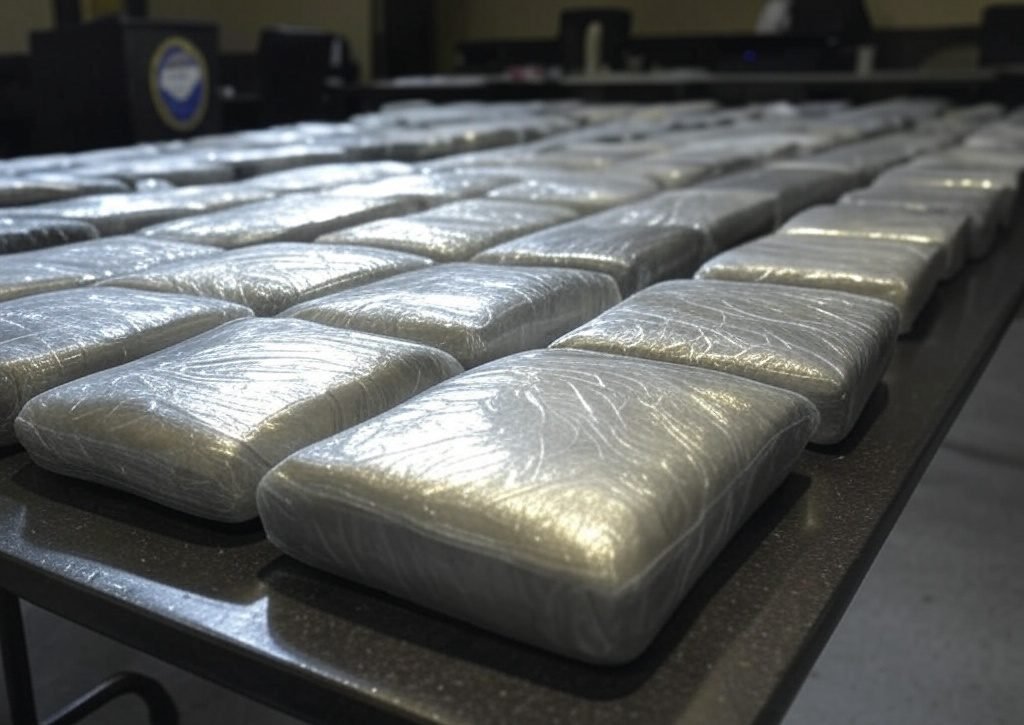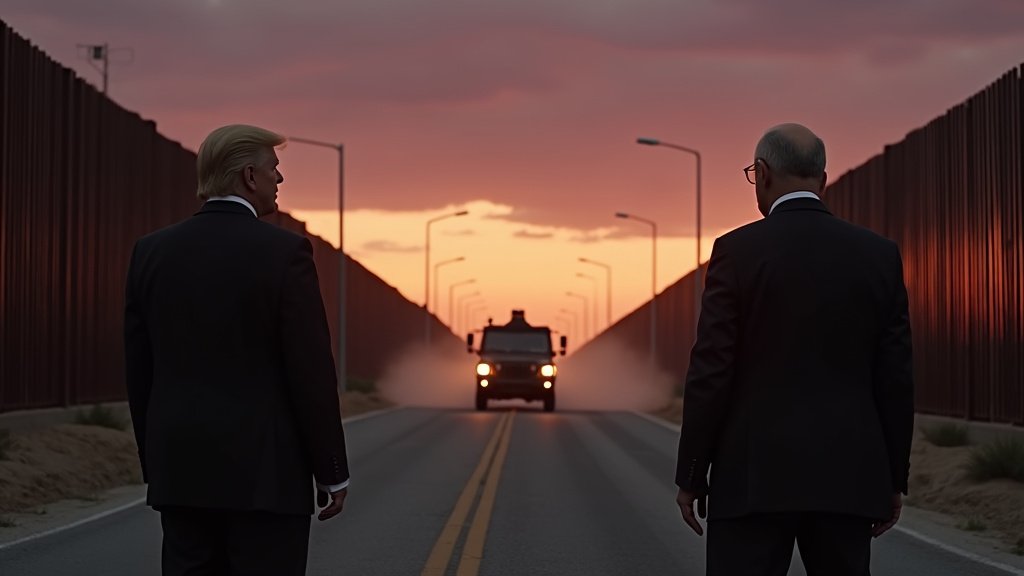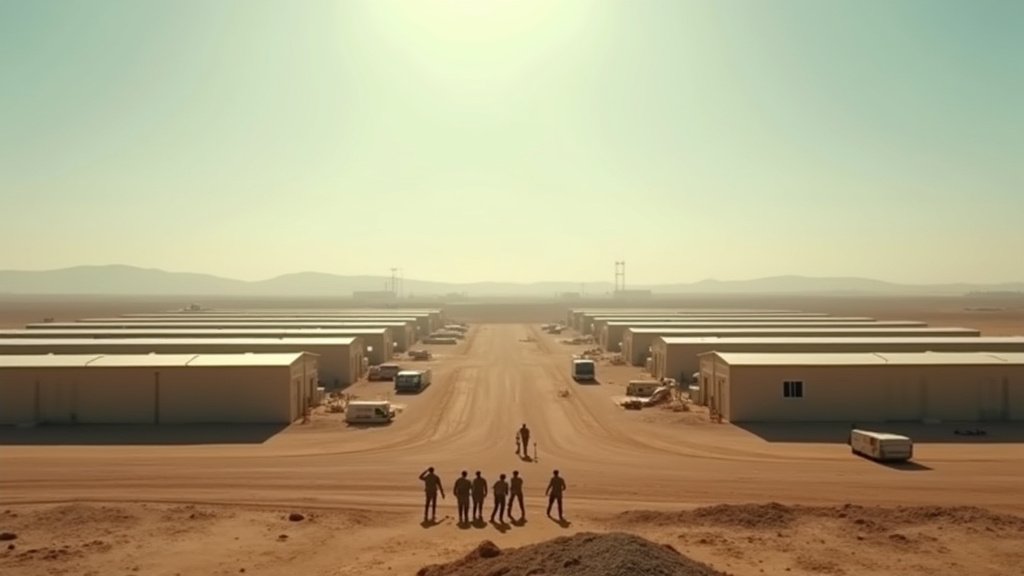Major Cocaine Bust at Hidalgo International Bridge: Over $2.7 Million Seized
Introduction
In a significant narcotics interception, U.S. Customs and Border Protection (CBP) officers at the Hidalgo International Bridge have successfully seized over $2.7 million worth of cocaine. This operation exemplifies the unwavering commitment of law enforcement agencies to combat drug trafficking and secure the borders of the United States. The details surrounding this incident reveal the sophisticated methods used by CBP officers, as well as the alarming scale of drug smuggling attempts across the U.S.-Mexico border.
The Operation: A Closer Look
On February 24, 2025, CBP officers stationed at the Hidalgo International Bridge conducted a routine inspection of a commercial passenger bus entering the United States from Mexico. The operation was part of a broader strategy to ensure the safety and security of the border while intercepting illicit drugs.
CBP officers employed non-intrusive inspection (NII) technology coupled with the expertise of a trained canine team to identify potential threats within the vehicle. This approach not only enhances the efficiency of inspections but also minimizes disruptions to legitimate travel and trade through the border.
Discovering the Concealed Cocaine
The thorough inspection of the passenger bus led to the discovery of an astonishing 80 packages of suspected cocaine, weighing a total of 208.16 pounds (94.42 kg). These packages were cleverly concealed within the bus, showcasing the lengths to which drug traffickers will go to evade law enforcement.
Port Director Carlos Rodriguez emphasized the importance of such operations, stating, “Our CBP officers continue the tireless work of intercepting large amounts of narcotics to safeguard our border.” Rodriguez’s statement highlights the ongoing battle against drug trafficking and the dedication of CBP officers in performing their duties.
The Financial Impact of the Seizure
In addition to the cocaine, CBP officers also seized $22,051 in currency from the driver and passengers, which was suspected to be derived from illicit activities. This financial seizure underscores the financial networks that often accompany drug trafficking, where proceeds from the sale of illegal drugs are frequently laundered or used to fund further criminal operations.
Legal Actions and Continued Investigations
Following the seizure, CBP OFO confiscated both the narcotics and the vehicle involved in the smuggling attempt. Additionally, Homeland Security Investigations (HSI) took swift action by arresting the driver and six passengers, initiating a comprehensive criminal investigation into the incident. This multi-agency collaboration is crucial in dismantling drug trafficking organizations and preventing future smuggling attempts.
The Broader Context of Drug Trafficking
The seizure at Hidalgo International Bridge is part of a larger pattern of drug trafficking challenges faced by U.S. law enforcement agencies. The U.S.-Mexico border has long been a hotspot for smuggling activities, with cartels employing increasingly sophisticated methods to transport drugs into the United States.
According to the Drug Enforcement Administration (DEA), the majority of illicit drugs entering the U.S. come from Mexico, making border security efforts vital in the fight against substance abuse and drug-related violence. The DEA reports that Mexican cartels are responsible for a significant percentage of the heroin, methamphetamine, and cocaine in the U.S. market.
Technological Advances in Border Security
To combat these ongoing challenges, CBP has been investing in advanced technologies to enhance border security. Non-intrusive inspection (NII) systems, like those used in the Hidalgo operation, allow officers to scan vehicles without the need for physical searches, thereby increasing the efficiency of inspections.
Additionally, the use of canine teams has proven to be an invaluable asset in identifying narcotics. Canine units are trained to detect various substances, including cocaine, methamphetamine, and heroin, and their presence often acts as a deterrent to potential smugglers.
The Role of Community and Awareness
Public awareness and community involvement play crucial roles in combating drug trafficking. Reports from community members about suspicious activities can lead to investigations, and education about the dangers of drug abuse can help reduce demand.
CBP encourages the public to remain vigilant and report any suspicious activities along the border. Community support is essential in the ongoing efforts to secure the U.S.-Mexico border and protect citizens from the dangers of drug trafficking.
Conclusion
The recent cocaine seizure at the Hidalgo International Bridge highlights the relentless efforts of U.S. Customs and Border Protection to combat drug trafficking and safeguard the nation’s borders. With over $2.7 million worth of cocaine intercepted and multiple arrests made, this operation serves as a reminder of the ongoing battle against narcotics smuggling.
As drug traffickers continue to evolve their tactics, law enforcement agencies must remain vigilant and innovative in their approach. By leveraging advanced technologies, fostering community awareness, and collaborating across agencies, the fight against drug trafficking can continue to make strides toward a safer and more secure future. The commitment of CBP officers and their dedication to protecting the border exemplifies the critical role law enforcement plays in maintaining public safety.






